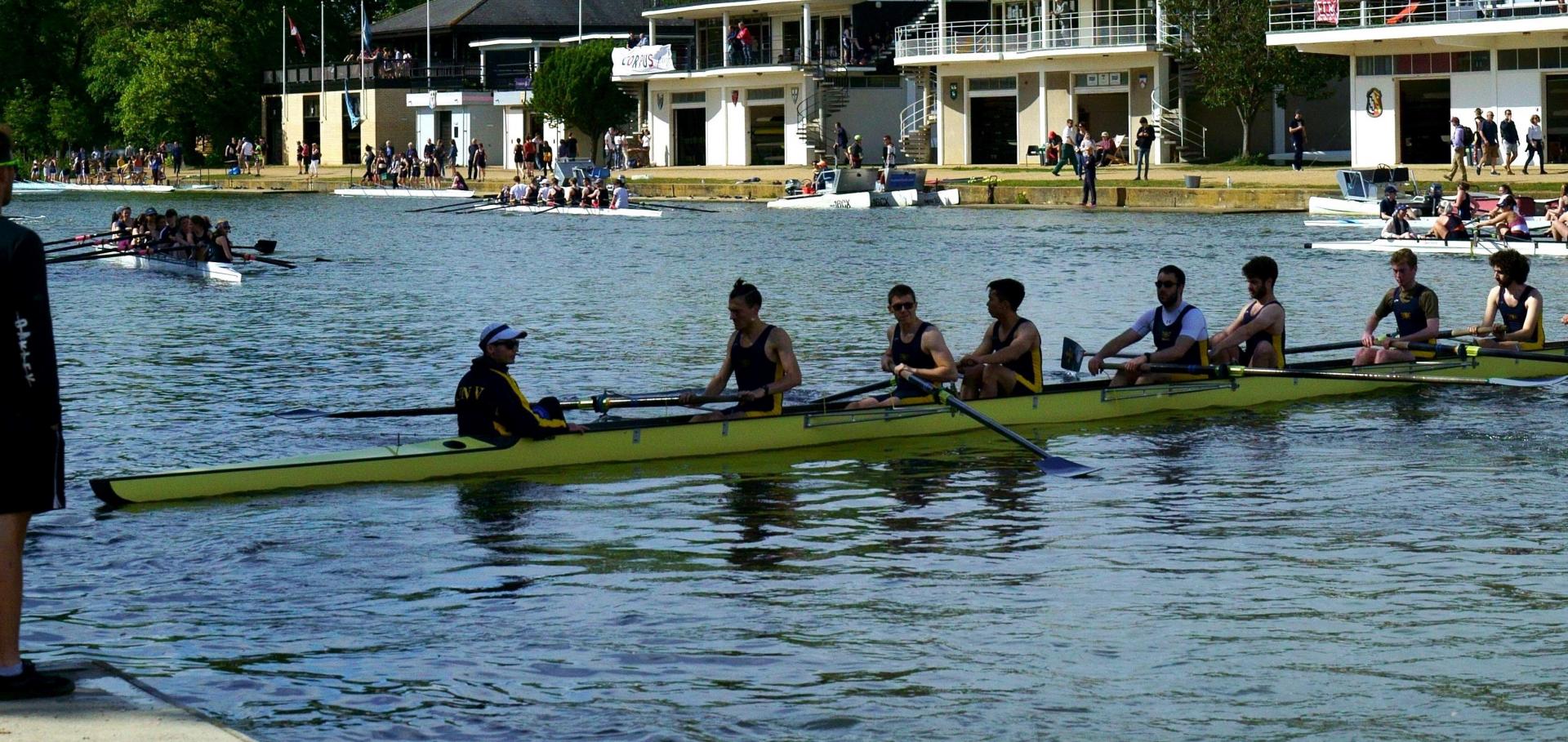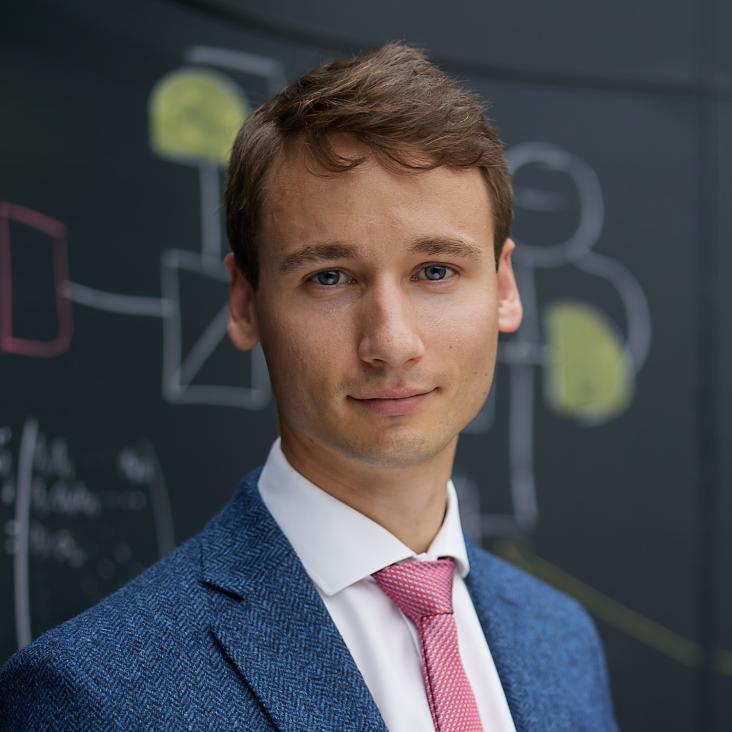Nonlinear wakefields and electron injection in cluster plasma
Physical Review Accelerators and Beams American Physical Society 23 (2020) 093501
Abstract:
Laser and beam driven wakefields promise orders of magnitude increases in electric field gradients for particle accelerators for future applications. Key areas to explore include the emittance properties of the generated beams and overcoming the dephasing limit in the plasma. In this paper, the first in-depth study of the self-injection mechanism into wakefield structures from nonhomogeneous cluster plasmas is provided using high-resolution two dimensional particle-in-cell simulations. The clusters which are typical structures caused by ejection of gases from a high-pressure gas jet have a diameter much smaller than the laser wavelength. Conclusive evidence is provided for the underlying mechanism that leads to particle trapping, comparing uniform and cluster plasma cases. The accelerated electron beam properties are found to be tunable by changing the cluster parameters. The mechanism explains enhanced beam charge paired with large transverse momentum and energy which has implications for the betatron x-ray flux. Finally, the impact of clusters on the high-power laser propagation behavior is discussed.Measuring the orbital angular momentum of high-power laser pulses
Physics of Plasmas AIP Publishing 27:5 (2020) 053107
Abstract:
In this article, we showcase the experimental results of methods to produce and characterize orbital angular momentum (OAM) carrying high-power lasers. The OAM pulses were produced on the ASTRA laser of the Central Laser Facility using a continuous spiral phase plate. Three different characterization methods were then used to measure the OAM content of the beam. The methods that were used were a cylindrical lens diagnostic, an interferometric diagnostic, and a projective diagnostic. We further discuss the relative advantages and disadvantages of each method in the context of high-power laser experiments.Wakefields in a cluster plasma
Physical Review Special Topics: Accelerators and Beams American Physical Society 22:11 (2019) 113501
Abstract:
We report the first comprehensive study of large amplitude Langmuir waves in a plasma of nanometer-scale clusters. Using an oblique angle single-shot frequency domain holography diagnostic, the shape of these wakefields is captured for the first time. The wavefronts are observed to curve backwards, in contrast to the forwards curvature of wakefields in uniform plasma. Due to the expansion of the clusters, the first wakefield period is longer than those trailing it. The features of the data are well described by fully relativistic two-dimensional particle-in-cell simulations and by a quasianalytic solution for a one-dimensional, nonlinear wakefield in a cluster plasma.Energy absorption in the laser-QED regime
Scientific Reports Springer Nature 9 (2019) 8956
Abstract:
A theoretical and numerical investigation of non-ponderomotive absorption at laser intensities relevant to quantum electrodynamics is presented. It is predicted that there is a regime change in the dependence of fast electron energy on incident laser energy that coincides with the onset of pair production via the Breit-Wheeler process. This prediction is numerically verified via an extensive campaign of QED-inclusive particle-in-cell simulations. The dramatic nature of the power law shift leads to the conclusion that this process is a candidate for an unambiguous signature that future experiments on multi-petawatt laser facilities have truly entered the QED regime.Kinetic simulations of fusion ignition with hot-spot ablator mix
Physical Review E American Physical Society


